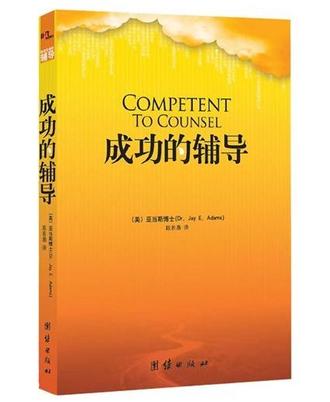 第二语言习得txt,chm,pdf,epub,mobi下载 第二语言习得txt,chm,pdf,epub,mobi下载作者:Rod Ellis 出版社: 上海外语教育出版社 出版年: 2000-3-1 页数: 147 定价: 9.20元 装帧: 简裝本 丛书: 牛津语言学入门丛书 ISBN: 9787810467940 内容简介 · · · · · ·第二语言习得:Second language acquisition,ISBN:9787810467940,作者:埃利斯,Ellis著 目录 · · · · · ·PrefaceSection 1: Survey 1. Introduction: describing an explaining L2 acquisition 1.1 What is ‘second language acquisition’? 1.2 What are the goals of SLA? 1.3 Two case studies · · · · · ·() Preface Section 1: Survey 1. Introduction: describing an explaining L2 acquisition 1.1 What is ‘second language acquisition’? 1.2 What are the goals of SLA? 1.3 Two case studies (1) A case study of an adult learner (2) A case study of two child learners 1.4 Methodological issues 1.5 Issues in the description of learner language 1.6 Issues in the explanation of L2 acquisition 2. The nature of learner language 2.1 Errors and error analysis (1) Identifying errors (2) Describing errors (3) Explaining errors (4) Error evaluation 2.2 Developmental patterns (1) The early stages of L2 acquisition (2) The order of acquisition (3) The sequence of acquisition (4) Some implications 2.3 Variability in learner language 2.4 Summary 3. Inter-language 3.1 Behaviorist learning theory 3.2 A mentalist theory of language learning 3.3 What is ‘inter-language’? 3.4 A computational model of L2 acquisition 4. Social aspects of inter-language 4.1 Inter-language as a stylistic continuum 4.2 The acculturation model of L2 acquisition 4.3 Social identity and investment in L2 Learning 5. Discourse aspect of inter-language 5.1 Acquiring discourse rules 5.2 The role of input and interaction in L2 acquisition 5.3 The role of output in L2 acquisition 5.4 Summary 6. Psycholinguistic aspects of inter-language 6.1 L1 transfer 6.2 The role of consciousness in L2 acquisition 6.3 Processing operations (1) Processing principles (2) Processing constraints 6.4 Communication strategies 6.5 Two types of computational model 7. Linguistic aspects of inter-language 7.1 Typological universals: relative clauses 7.2 Universal Grammar 7.3 Learnability 7.4 The critical period hypothesis 7.5 Access to UG 7.6 Markedness 7.7 Cognitive versus linguistic explanations 8. Individual differences in L2 acquisition 8.1 Language aptitude 8.2 Motivation (1) Instrumental motivation (2) Integrative motivation (3) Resultative motivation (4) Intrinsic motivation 8.3 Learning strategies 9. Instruction and L2 acquisition 9.1 Form-focused instruction (1) Does form-focused instruction work? (2) What kind of form-focused instruction works best? 9.2 Learner-instruction matching 9.3 Strategy training 9.4 Summary 10. Conclusion: multiple perspectives in SLA Section 2: Readings Section 3: References Section 4: Glossary · · · · · · () |
 首页
首页



为我提供了一个解看历史和现实的全新视角。
同学推荐很多次
历史开始于人创造神,终结于人成为神
对于入门看者,这算是相当不错了